But there are very few reels showing pilots — perhaps it’s fair to call them anti-aircraft pilots — shooting down…
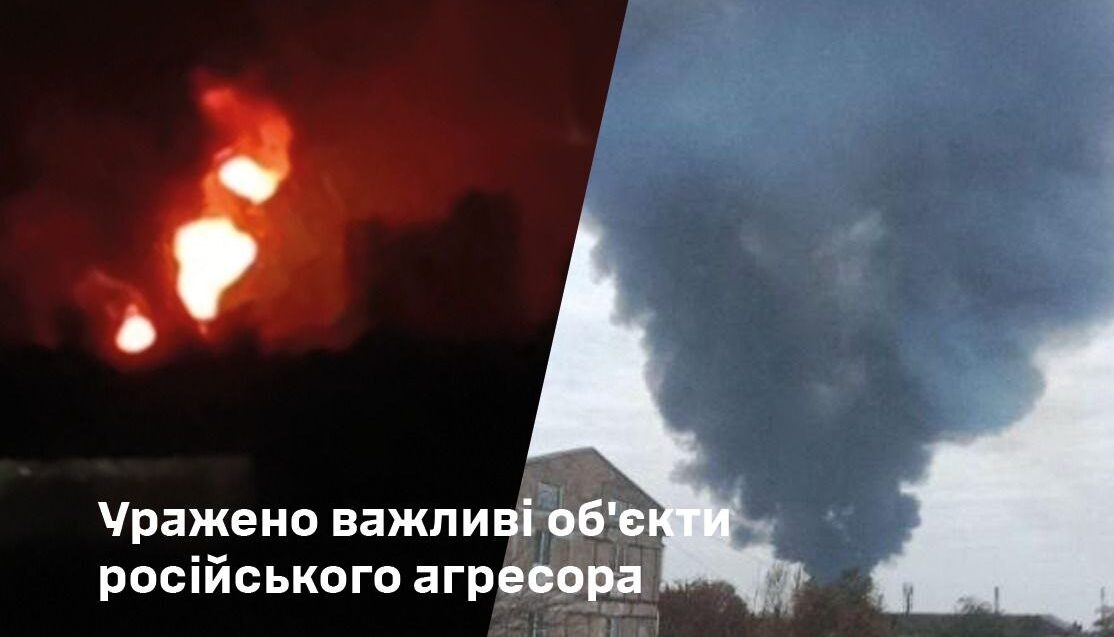
Last night, Ukrainian forces struck the Novokuybyshevsk Oil Refinery in Russia’s Samara region.
This was reported by the General Staff of the Armed Forces of Ukraine on Sunday, October 19.
According to available data, explosions and a fire were recorded on the territory of the facility following the attack.
“The refinery produces more than 20 types of commercial products, and its annual primary refining volume amounts to 4.9 million tons. According to preliminary information, the crude oil distillation units (ELOU AVT) were hit. The extent of the damage is being clarified. The facility is involved in meeting the needs of the Russian army”, — the report states.
In addition, the Defense Forces also carried out a strike on the Orenburg Gas Processing Plant, where explosions and a large-scale fire were also reported.
“The Orenburg GPP is one of the largest gas processing complexes in Russia and is capable of processing up to 45 billion cubic meters of natural gas and 6.2 million tons of gas condensate/oil per year. According to preliminary information, one of the gas processing and purification units was hit”, — the General Staff of the Armed Forces of Ukraine reported.
The third strategic facility of the aggressor country to be hit was a fuel and lubricant storage base in the temporarily occupied Berdyansk.
@armyinformcomua

Inna Loik is not just a producer of military clothing. She is one of those who heard the voices of women at war and responded not with words, but with action.
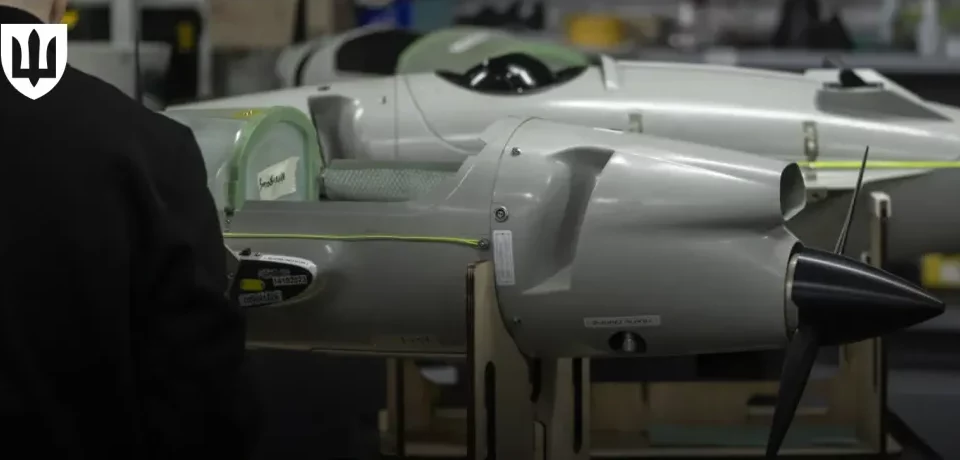
The Ministry of Defense of Ukraine continues to synchronize the state quality assurance system with the requirements of international ISO standards and NATO AQAP standards.

In our previous article, we analysed the architecture of the ‘Danish Model’ and its underlying principles. Now, it's time to move from theory to practice. This second part of our series is dedicated to the concrete, measurable results achieved during the initiative's first year of operation. We will examine how much funding was invested, what specific weapon systems—notably the "Bohdana" SPH—were produced for the frontline, and how a bilateral initiative grew into a powerful international coalition. This is the evidence-based case for the model's effectiveness, articulated through the language of facts and figures.
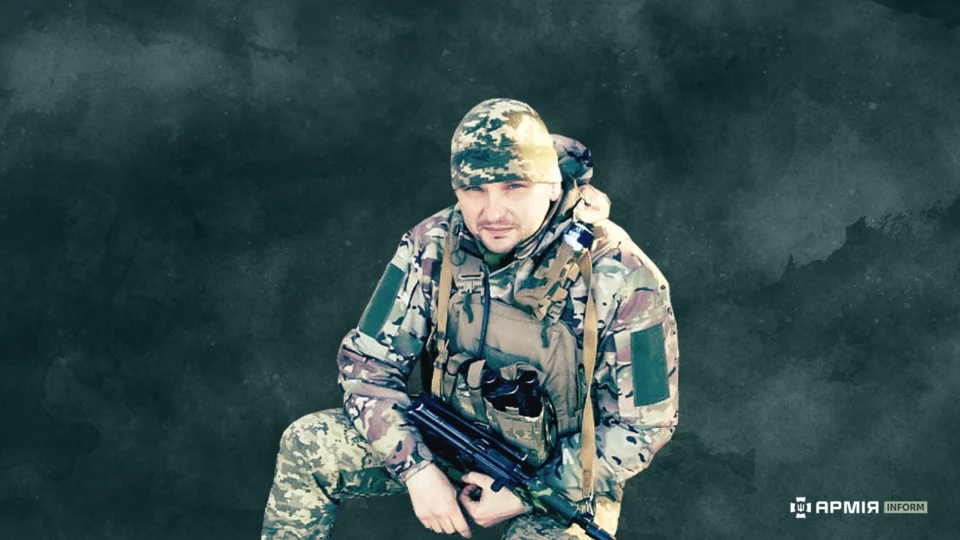
“I used to think being a sapper was an easy job,” — says soldier Vitalii, laughing ironically.
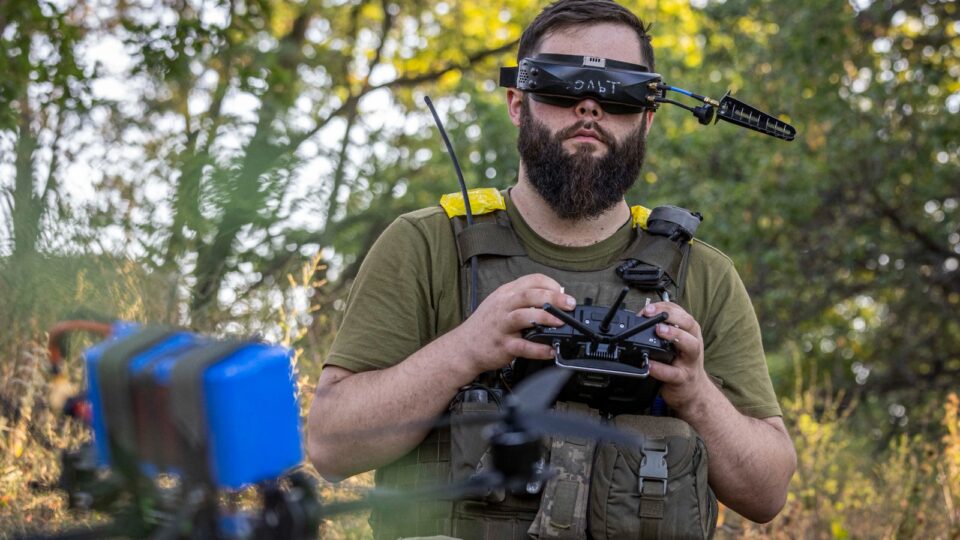
Social media is flooded with short videos of UAVs dropping “toys” that destroy enemy infantry or set their equipment on fire, or of kamikaze drones spectacularly turning armored combat vehicles into scrap.
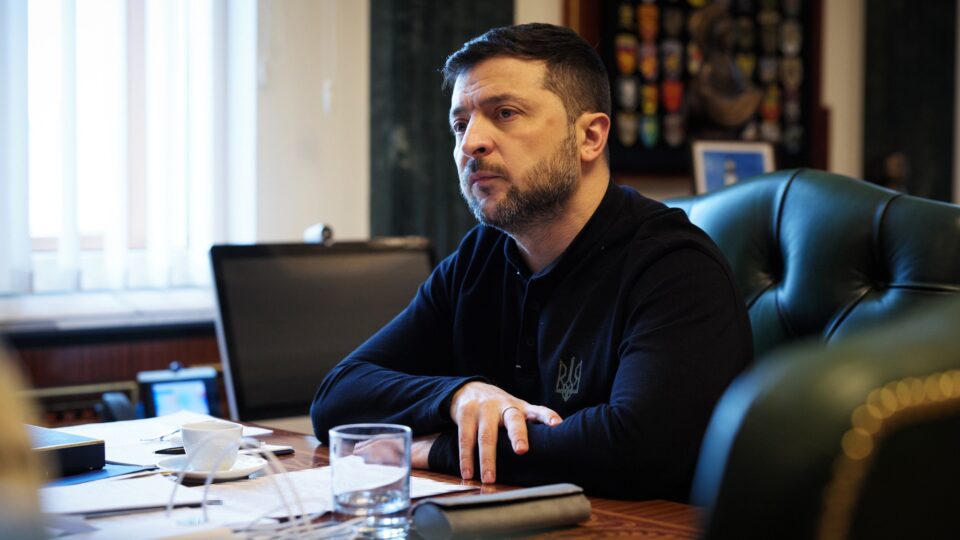
President of Ukraine Volodymyr Zelensky reported that just over the past week, Russian forces have attacked critical and civilian infrastructure in our country with more than 3,270 strike UAVs, 1,370 guided aerial bombs, and nearly 50 missiles of various types.
But there are very few reels showing pilots — perhaps it’s fair to call them anti-aircraft pilots — shooting down…